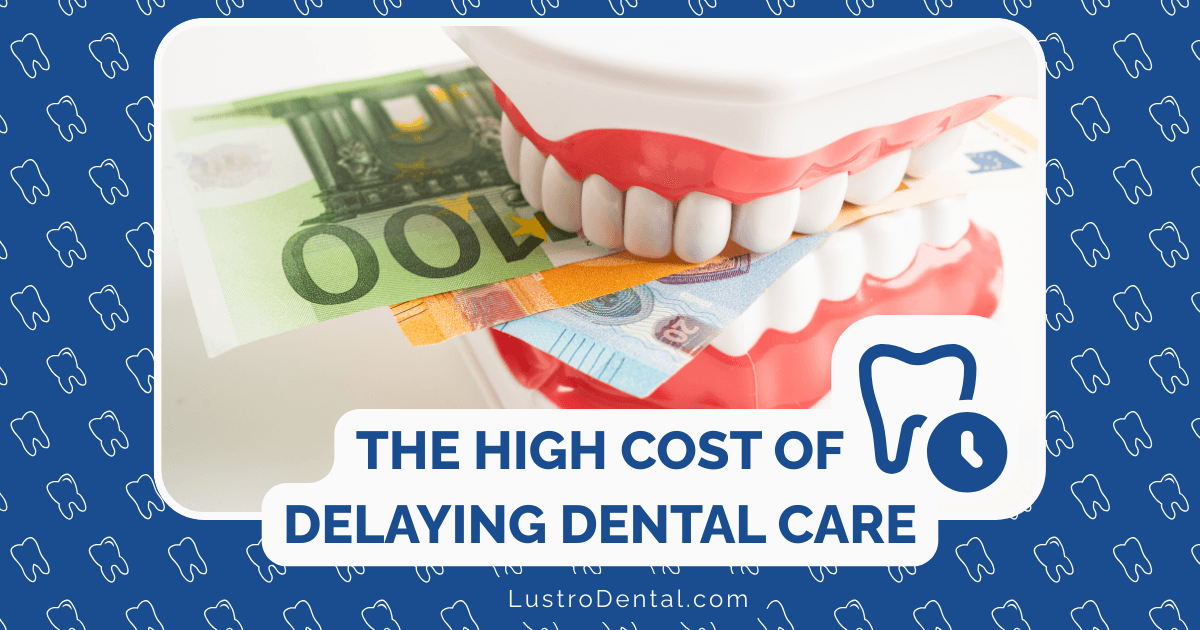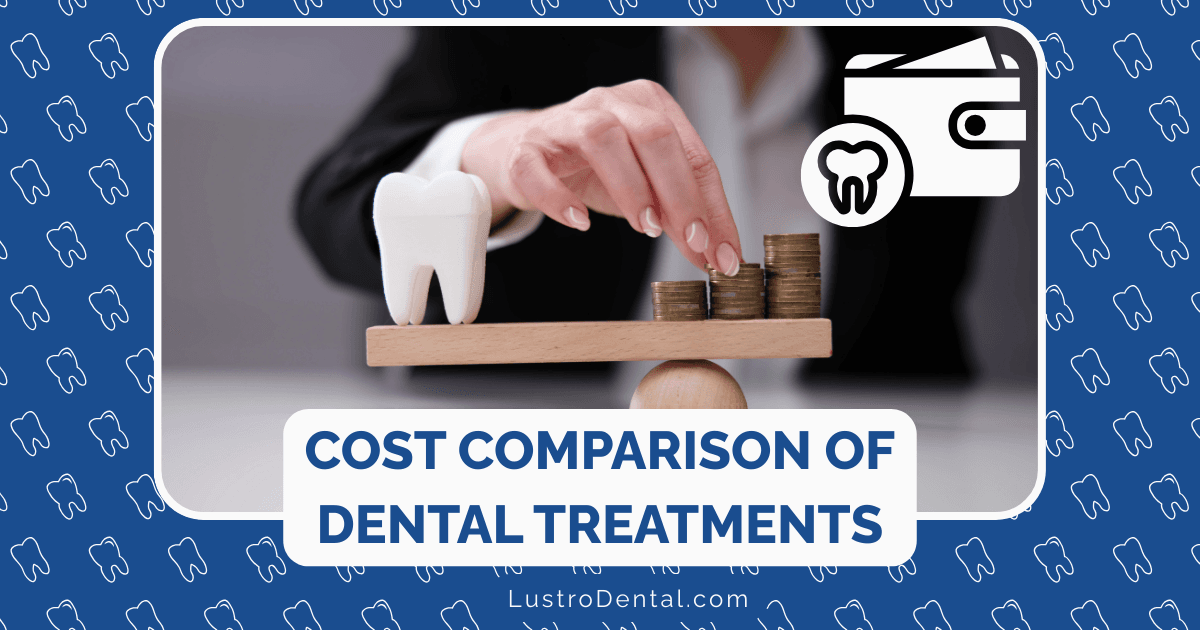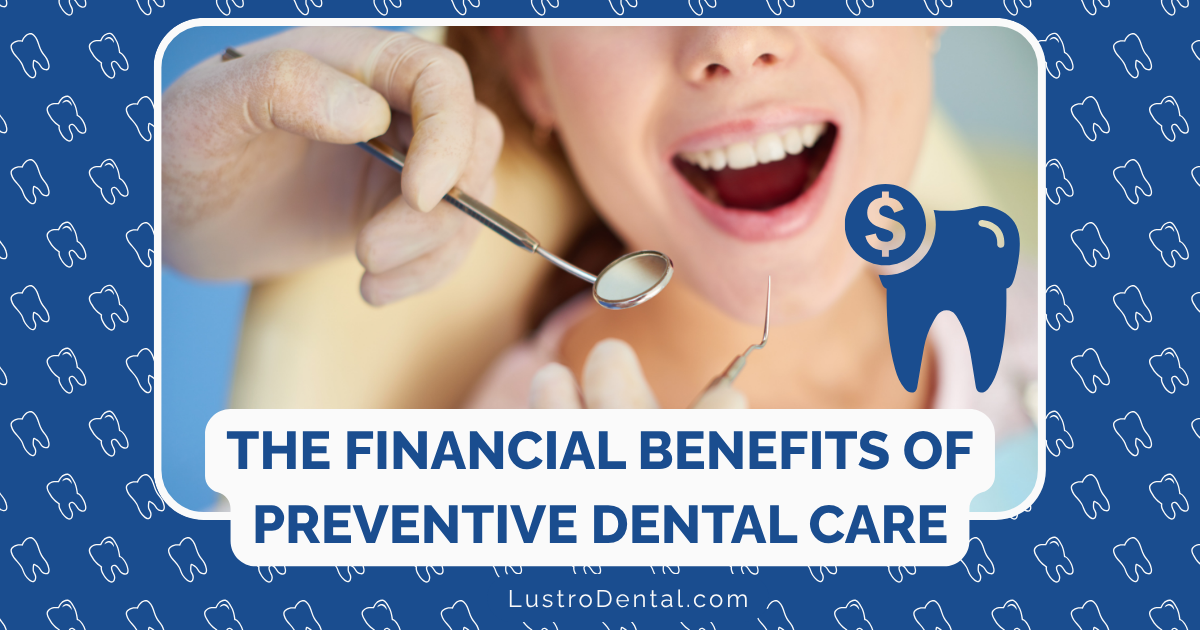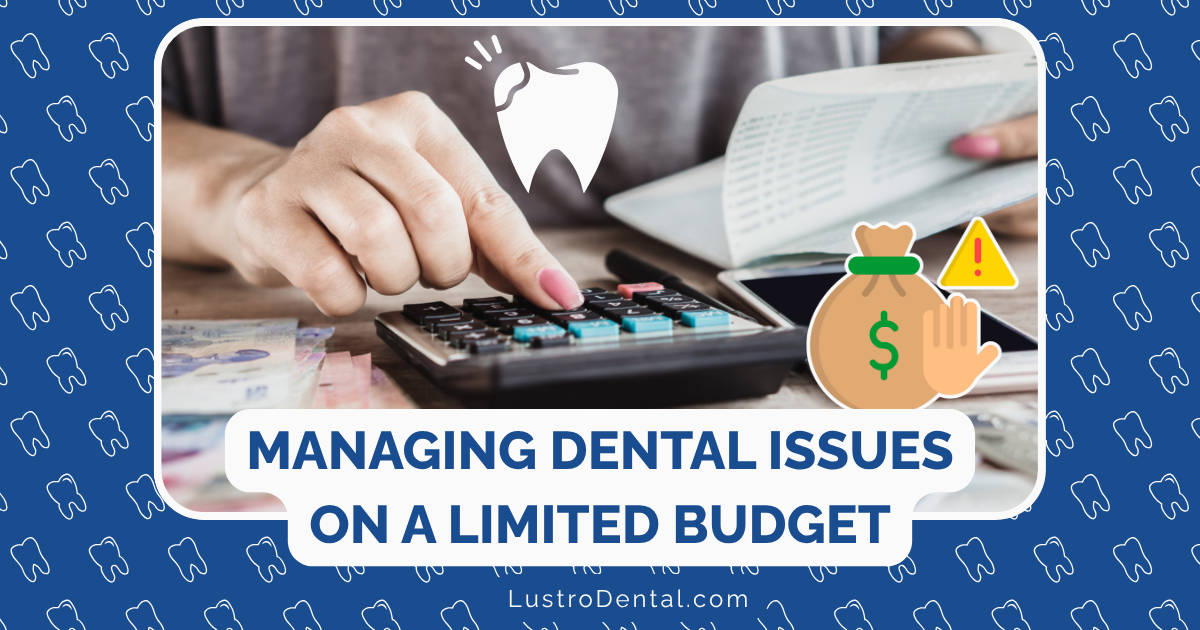Long-Term Dental Budgeting: Creating a Savings Plan for Major Work
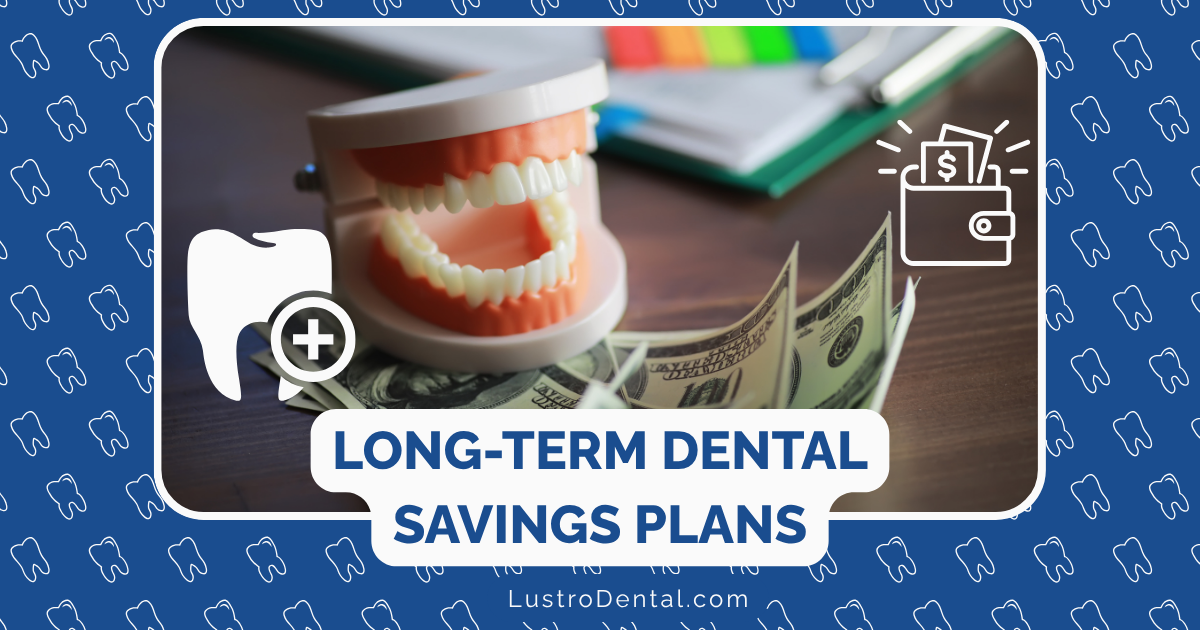
When it comes to dental care, major procedures like implants, crowns, bridges, or orthodontic treatment can come with significant price tags—often ranging from several hundred to several thousand dollars. Without proper financial planning, these expenses can catch you off guard, potentially leading to delayed treatment, accumulated dental problems, or unexpected debt.
Creating a long-term dental savings plan allows you to prepare for these inevitable expenses, ensuring you can maintain your oral health without financial stress. This comprehensive guide will walk you through the process of budgeting for major dental work, exploring various saving strategies, and identifying financial resources to help you afford the dental care you need.
Understanding the Costs of Major Dental Procedures
Before creating a savings plan, it’s important to understand what you might be saving for. Here’s a breakdown of average costs for common major dental procedures in 2025:
| Procedure | Average Cost Range (Without Insurance) |
| Dental Crown | $800 – $2,500 per tooth |
| Root Canal | $890 – $1,700 per tooth |
| Dental Implant (complete) | $3,000 – $6,000 per tooth |
| Dentures | $1,700 – $3,600 per arch |
| Orthodontic Treatment (Braces) | $5,500 – $7,500 |
| Invisalign | $5,000 – $7,500 |
| Full-Mouth Reconstruction | $30,000 – $90,000+ |
| Periodontal Surgery | $4,000 – $10,000 |
These costs can vary significantly based on your location, the dentist’s experience, materials used, and the complexity of your specific case. Additionally, many procedures may require preparatory work or follow-up treatments that add to the total expense.
Assessing Your Dental Needs
The first step in creating an effective dental savings plan is to understand your current and potential future dental needs:
1. Schedule a Comprehensive Dental Examination
Meet with your dentist for a thorough examination, including:
- Full-mouth X-rays
- Periodontal (gum) evaluation
- Assessment of existing dental work
- Discussion of potential future needs
2. Request a Long-Term Treatment Plan
Ask your dentist to provide:
- A prioritized list of recommended treatments
- Timeframes for when procedures should ideally be completed
- Detailed cost estimates for each procedure
- Potential consequences of delaying treatment
3. Identify Urgent vs. Elective Procedures
Work with your dentist to categorize treatments:
- Urgent: Addressing pain, infection, or rapidly progressing conditions
- Necessary: Procedures needed to maintain oral health and function
- Elective/Cosmetic: Treatments primarily focused on appearance
This assessment provides the foundation for your budgeting strategy, helping you determine how much to save and how quickly you need to accumulate funds.
Creating Your Dental Savings Strategy
Once you understand your dental needs, you can develop a personalized savings strategy:
1. Calculate Your Total Savings Goal
Add up the estimated costs for all anticipated procedures, then add 10-15% as a buffer for unexpected expenses or price increases.
Example:
- Crown: $1,500
- Two implants: $8,000
- Buffer (15%): $1,425
- Total savings goal: $10,925
2. Establish a Timeline
Based on your dentist’s recommendations and the urgency of treatments, determine when you’ll need the funds:
Example:
- Crown needed within 6 months: $1,500
- Implants recommended within 2 years: $8,000
- Buffer: $1,425
- Total timeline: 2 years
3. Determine Monthly Savings Requirements
Divide your total savings goal by the number of months in your timeline:
Example:
- $10,925 ÷ 24 months = $455 per month
4. Create a Dedicated Dental Savings Account
Consider these options for your dental savings:
- High-yield savings account: Provides some interest with easy access
- Health Savings Account (HSA): If eligible, offers tax advantages for qualified medical expenses
- Flexible Spending Account (FSA): Employer-sponsored account with pre-tax contributions
- Certificate of Deposit (CD): For funds you won’t need immediately
5. Automate Your Savings
Set up automatic transfers to your dental savings account on payday to ensure consistent contributions.
Maximizing Tax-Advantaged Accounts for Dental Expenses
Certain accounts offer tax benefits that can help stretch your dental dollars further:
Health Savings Accounts (HSAs)
HSAs offer a triple tax advantage for eligible individuals:
- Tax-deductible contributions: Reduce your taxable income
- Tax-free growth: Interest or investment gains accumulate tax-free
- Tax-free withdrawals: For qualified medical and dental expenses
Eligibility requirements:
- Must be enrolled in a high-deductible health plan (HDHP)
- Cannot have other health coverage (with some exceptions)
- Cannot be enrolled in Medicare
- Cannot be claimed as a dependent on someone else’s tax return
2025 contribution limits:
- Individual coverage: $4,150
- Family coverage: $8,300
- Additional $1,000 catch-up contribution for those 55 and older
Eligible dental expenses include:
- Cleanings and exams
- Fillings, crowns, and bridges
- Root canals
- Dental implants
- Dentures
- Orthodontia
- Most non-cosmetic dental procedures
The major advantage of HSAs is that funds roll over year to year with no expiration, making them ideal for long-term dental savings.
Flexible Spending Accounts (FSAs)
FSAs are employer-sponsored accounts that allow pre-tax contributions for medical and dental expenses:
Key features:
- 2025 contribution limit: $3,200
- Funds must generally be used within the plan year (some plans allow a grace period or limited carryover)
- No eligibility requirements related to health insurance type
- Available for both medical and dental expenses
Limited Purpose FSAs (LPFSAs):
- Can be held alongside an HSA
- Restricted to dental and vision expenses
- Offers additional tax-advantaged savings for those with HSAs
While FSAs don’t provide the long-term savings potential of HSAs, they offer immediate tax savings for planned dental work.
Alternative Financing Options for Major Dental Work
Even with diligent saving, you may need additional financing options for extensive dental work:
Dental Payment Plans
Many dental practices offer in-house payment plans:
- Often require little or no credit check
- May offer interest-free periods (typically 3-12 months)
- Allow you to spread payments over time
- Usually require a down payment (20-30% of total cost)
Ask your dentist about:
- Interest rates after promotional periods
- Setup fees or administrative costs
- Prepayment penalties
- Late payment policies
Healthcare Credit Cards
Specialized credit cards like CareCredit focus on healthcare expenses:
- Accepted at over 270,000 healthcare providers
- Promotional financing options (often 6-24 months interest-free)
- Can be used for multiple procedures and family members
- Approval decisions often available immediately
Important considerations:
- Standard APR is typically high (around 26.99-29.99%)
- Deferred interest models mean you’ll owe all accumulated interest if not paid in full during the promotional period
- May require minimum purchase amounts for promotional terms
Personal Loans for Dental Work
Personal loans from banks, credit unions, or online lenders can provide funds for dental procedures:
- Fixed interest rates (typically 6-36% based on credit)
- Predictable monthly payments
- No risk to collateral
- Funds can be used for any dental procedure
Recommended lenders for dental expenses:
- SoFi: Loans up to $100,000 with no fees
- Upgrade: Loans starting at $1,000 with terms from 24-84 months
- LightStream: Same-day funding available with competitive rates
- Credit unions: Often offer lower rates for members
Dental Schools and Clinical Trials
For significant savings on major dental work:
- Dental schools: Procedures performed by supervised students at 30-50% less than private practice rates
- Clinical trials: Free or reduced-cost treatment for qualifying conditions
Creating a Comprehensive Dental Budget Plan
Combine savings and financing strategies into a cohesive plan:
1. Immediate Needs Fund (0-6 months)
Purpose: Address urgent dental issues that can’t wait for long-term saving
Strategy:
- Allocate emergency fund money if available
- Consider 0% APR credit cards or CareCredit for short-term financing
- Negotiate payment plans with your dentist
2. Medium-Term Savings (6-24 months)
Purpose: Fund necessary but non-urgent procedures
Strategy:
- Maximize FSA contributions for planned procedures
- Set up automatic transfers to a dedicated dental savings account
- Research and apply for dental grants or assistance programs
3. Long-Term Dental Investment (2+ years)
Purpose: Prepare for major reconstructive work or multiple procedures
Strategy:
- Maximize HSA contributions if eligible
- Consider low-risk investments for funds not needed immediately
- Explore dental discount plans to reduce overall costs
Sample Dental Savings Timeline: Comprehensive Restoration Plan
Here’s how a comprehensive dental savings plan might look for someone needing multiple procedures:
Year 1: Addressing Urgent Needs
- Contribute maximum to FSA: $3,200
- Establish dedicated dental savings account with $300/month: $3,600
- Use funds for two crowns ($3,000) and necessary fillings ($800)
- Remaining balance: $3,000
Year 2: Preparing for Major Work
- Continue FSA contributions: $3,200
- Increase dental savings to $400/month: $4,800
- Use funds for root canal and crown ($2,500)
- Remaining balance: $8,500
Year 3: Implant Procedure
- Continue FSA and savings contributions: $8,000
- Use accumulated funds for implant procedure: $6,000
- Remaining balance: $10,500
Year 4: Completing Restoration
- Continue contributions: $8,000
- Complete remaining implants and bridge work: $10,000
- Remaining balance: $8,500 for future maintenance and care
Maximizing Dental Insurance Benefits
While dental insurance typically won’t cover the full cost of major procedures, it can significantly reduce your out-of-pocket expenses:
Understanding Dental Insurance Structures
Most dental insurance plans follow a “100-80-50” coverage structure:
- 100% coverage for preventive care (exams, cleanings, x-rays)
- 80% coverage for basic procedures (fillings, extractions)
- 50% coverage for major procedures (crowns, bridges, implants)
Key Insurance Considerations for Major Dental Work
- Annual maximums: Typically $1,000-$2,000, limiting coverage for expensive procedures
- Waiting periods: Often 6-12 months for major procedures
- Pre-existing conditions: May not be covered immediately
- Network restrictions: In-network providers typically offer the best coverage
Strategies to Maximize Insurance Benefits
- Schedule major work across calendar years to utilize two years’ worth of annual maximums
- Complete all preventive care to maintain oral health and fully utilize covered services
- Request pre-treatment estimates to understand your out-of-pocket costs before procedures
- Consider supplemental dental insurance for major procedures
Dental Savings Plans: An Alternative to Traditional Insurance
Dental savings plans (sometimes called dental discount plans) provide reduced rates on dental procedures through a membership model:
How Dental Savings Plans Work
- Pay an annual membership fee ($80-$200)
- Receive discounted rates (typically 10-60%) at participating dentists
- No annual maximums or waiting periods for most procedures
- Immediate savings on most treatments, including cosmetic procedures
Comparing Dental Insurance vs. Dental Savings Plans
| Feature | Dental Insurance | Dental Savings Plan |
| Annual Cost | $300-$700 | $80-$200 |
| Coverage Structure | 100-80-50 typical | Discount percentages vary |
| Annual Maximum | $1,000-$2,000 typical | No maximum |
| Waiting Periods | Common for major work | None typically |
| Cosmetic Coverage | Rarely covered | Discounted rates available |
| Paperwork | Claims process | No claims to file |
| Pre-existing Conditions | May be excluded | No exclusions typically |
For major dental work, especially if you need multiple procedures, dental savings plans often provide better value than traditional insurance.
Practical Tips for Reducing Major Dental Expenses
Beyond saving and financing strategies, consider these approaches to reduce the overall cost of major dental work:
Preventive Focus
- Maintain rigorous oral hygiene to prevent new issues
- Never skip regular checkups to catch problems early
- Address small issues promptly before they require major intervention
Strategic Timing
- Coordinate with your dentist on the optimal sequence of treatments
- Space out elective procedures to distribute costs over time
- Consider end-of-year appointments when dentists may offer promotions to meet annual goals
Treatment Alternatives
- Discuss less expensive alternatives with your dentist
- Consider phased treatment approaches rather than completing everything at once
- Evaluate the long-term value of different options (e.g., implants vs. bridges)
Geographic Considerations
- Compare prices across different practices in your region
- Consider traveling to lower-cost areas for extensive work
- Explore dental tourism options for significant savings (with careful research)
Maintaining Your Dental Investment
After investing in major dental work, protect your investment with proper maintenance:
Follow-up Care
- Attend all recommended follow-up appointments
- Address any issues immediately to prevent damage to new dental work
- Budget for replacement or maintenance of dental work over time
Long-term Savings Approach
- Continue contributing to dental savings even after completing major work
- Maintain emergency dental funds for unexpected issues
- Adjust savings based on your dentist’s recommendations for future needs
Conclusion: A Balanced Approach to Dental Budgeting
Creating a long-term dental savings plan requires balancing immediate oral health needs with financial reality. By combining strategic saving, tax-advantaged accounts, appropriate financing, and cost-reduction strategies, you can afford the dental care you need without compromising your financial health.
Remember that dental care is an investment in your overall health and quality of life. Tooth pain, difficulty eating, and oral health complications can significantly impact your well-being and potentially lead to more serious health issues. A proactive approach to dental budgeting allows you to address problems before they become emergencies and maintain optimal oral health throughout your life.
Start your dental savings plan today by scheduling a comprehensive examination with your dentist and creating a personalized treatment timeline. With proper planning, even extensive dental work can be affordable when approached with a strategic, long-term perspective.
Have you successfully saved for major dental work or found creative ways to finance dental procedures? Share your experiences and tips in the comments below to help others in their dental budgeting journey.


